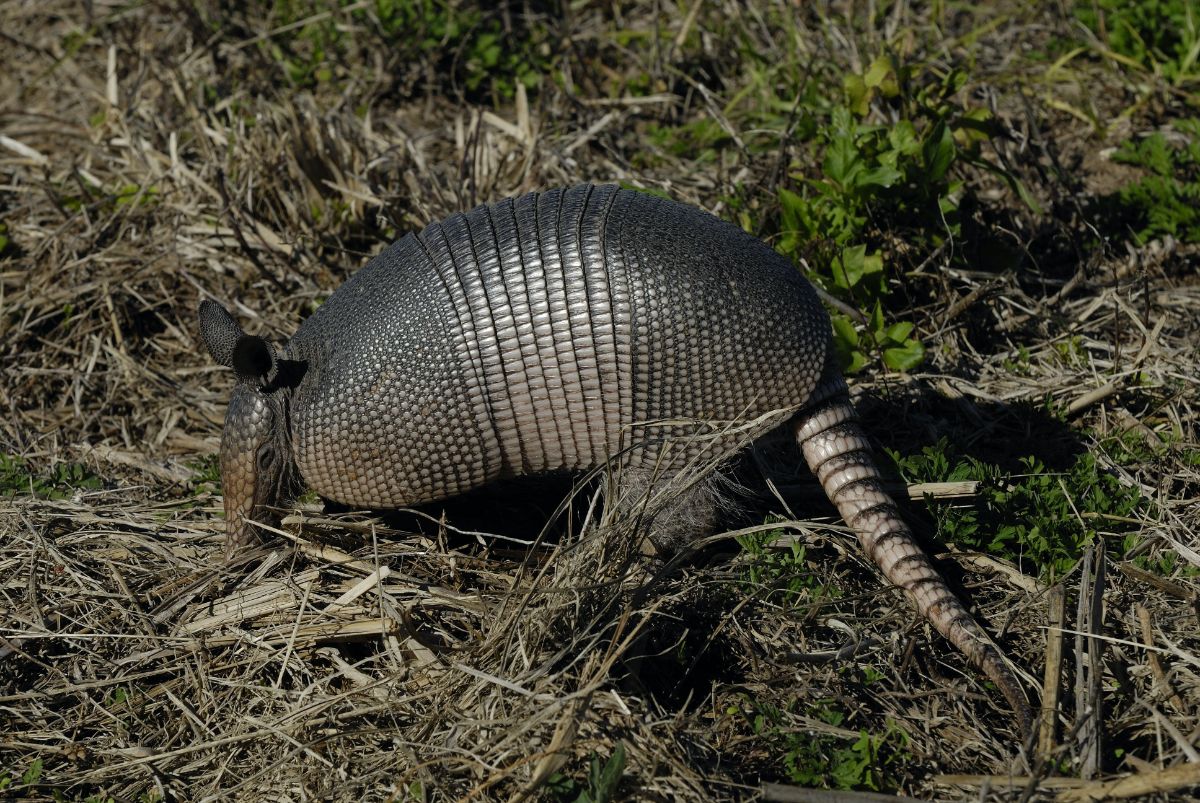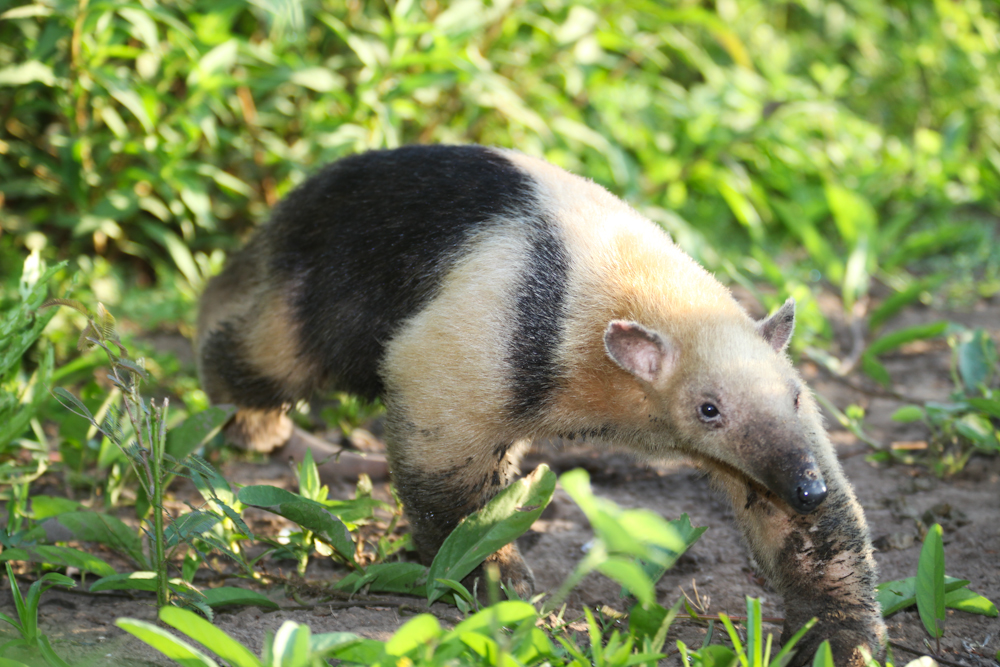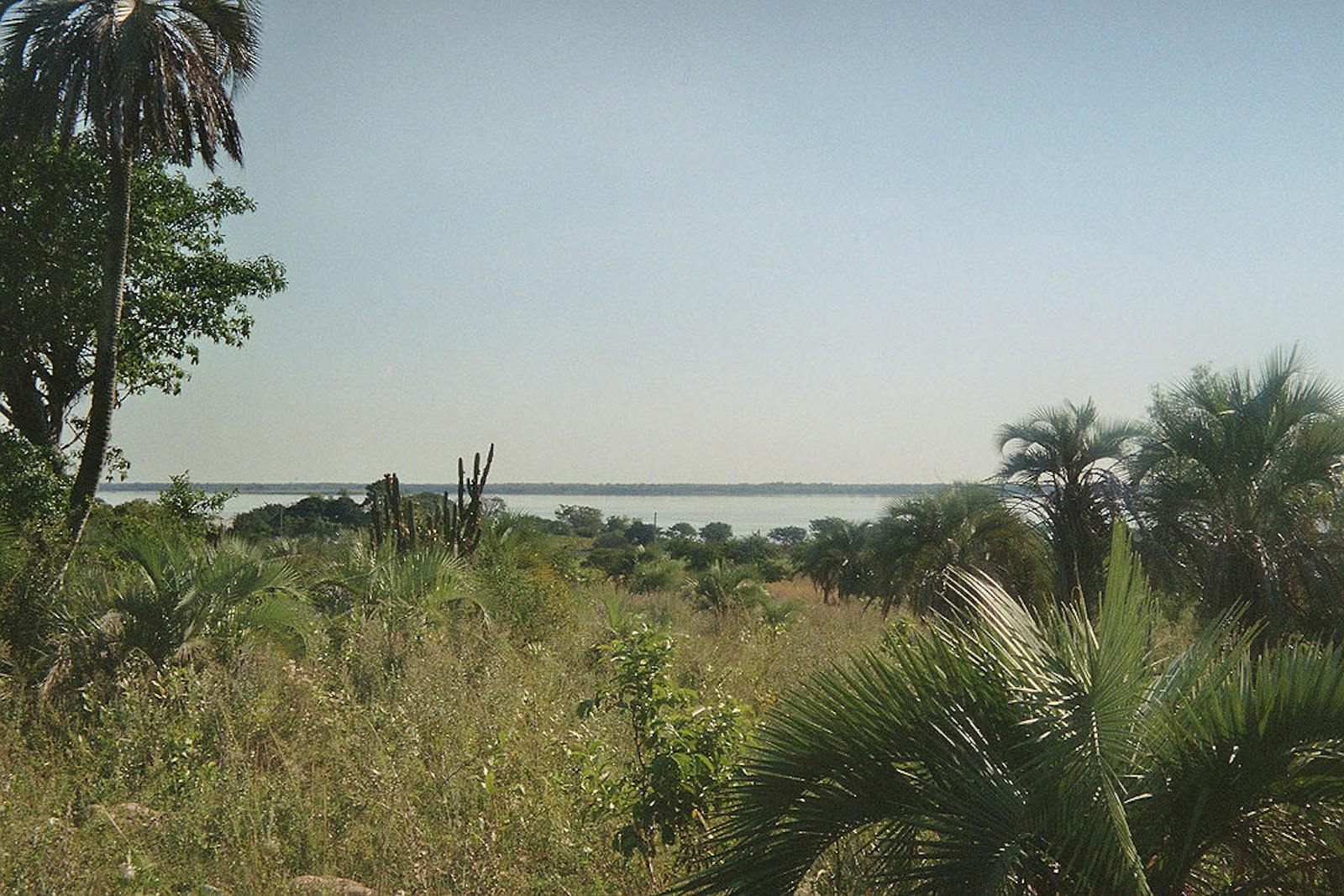Southern Cone Mesopotamian Savanna
The ecoregion’s land area is provided in units of 1,000 hectares. The protection goal is the Global Safety Net (GSN1) area for the given ecoregion. The protection level indicates the percentage of the GSN goal that is currently protected on a scale of 0-10. N/A means data is not available at this time.
Bioregion: Rio de la Plata Grasslands (NT3)
Realm: Southern America
Ecoregion Size (1000 ha):
2,696
Ecoregion ID:
586
Protection Goal:
28%
Protection Level:
0
States: Argentina
The marsh seedeater is a grassland-wetland specialist, not only because it eats grass seeds but because it is an obligate wetland nester. In fact, it migrates to this ecoregion from the dry cerrado, which is further north, during the breeding season to make its nest among the reeds in this savanna ecoregion. However good quality habitat for nest building has become difficult to find. It is easy to tell the makes and females apart as they have different coloured plumage, with the males sporting a bright white throat, grey crown and chestnut belly, and the females brown resembling other seedeaters.
.jpg)
The flagship species of the Southern Cone Mesopotamian Savanna ecoregion is the marsh seedeater. Image credit: Yako, Creative Credit
The Southern Cone Mesopotamian savanna ecoregion is grassland-wetland mosaic covering the region of Argentine “Mesopotamia”. This low-lying region including Misiones, Corrientes, and Entre Ríos provinces in north-west Argentina. It is the transitional zone between forests to the north, grasslands to the east, and chaco (dry shrublands) to the south and west. Unfortunately, these rich grasslands were ideal for cattle and thus much of it remains in small patches out of the way of human development. The ecoregion is covered by a mosaic of seasonally inundated/wet habitats, including grasslands, marshes, woodland, and gallery forests. Tall, dense grasses (especially Paspalum), often with isolated bushes (including Acacia caven and Solanum glaucophyllum) and herbaceous plants such as Eryngium.

Nine-banded armadillo. Image credit: Hans Stieglitz, Creative Commons
This ecoregion has a diverse and unique mammal community, characterized by many ancient species of Xenarthrans, which evolved exclusively in South America, and include nine-banded armadillo, southern long-nosed armadillo; six-banded armadillo and southern tamandua. Three restricted range bird species occur in the Southern Cone Mesopotamian savannas: the vulnerable chestnut seedeater, the endangered marsh seedeater, and the near threatened Sporophila zelichi. There are several Endemic Bird Areas in this ecoregion which host a number of other threatened species such as the crowned eagle (vulnerable), speckled crake (data deficient), sickle-winged nightjar (near threatened), strange-tailed tyrant (vulnerable), ochre-breasted (endangered), black-and-white monjita (vulnerable), yellow cardinal (endangered), saffron-cowled blackbird (endangered), and pampas meadowlark (endangered). Vey little is known about the reptiles and amphibians in this ecoregion.

Tamandua. Image credit: Nori Almeida, Creative Commons
There are no national or state protected areas in this ecoregion. Although some natural areas remain intact due largely to natural processes (floodplains), its future is largely under the care of private citizens (ranchers) which presents an opportunity to work wit the private sector for improved species and habitat conservation.
Much of the land within this ecoregion is under agricultural production, especially for cattle-ranching. Degradation of grassland through overgrazing and trampling is a common problem, while drainage of marshes and the burning of stands of tall natural grasses pose additional threats to the area.
The priority conservation actions for the next decade will be to: 1) integrate private land owners into species and habitat conservation practices and objectives; 2) create incentives for conservation on private lands; and 3) work with state and government agencies to conserve rivers and floodplains.
Citations
1. BirdLife International (2020) Endemic Bird Areas factsheet: Argentine Mesopotamian grasslands. Downloaded from http://www.birdlife.org on 25/08/2020.
2. Bauni, V., Capmourteres, V., Homberg, M.A. and Zuleta, G.A., 2013. Distribution and status of the extant xenarthrans (Mammalia: Xenarthra) in the southern cone mesopotamian savanna, Argentina. Edentata, 14(1), pp.35-50.
3. WWF. 2020. Southern South America: Northeastern Argentina. https://www.worldwildlife.org/ecoregions/nt0909


